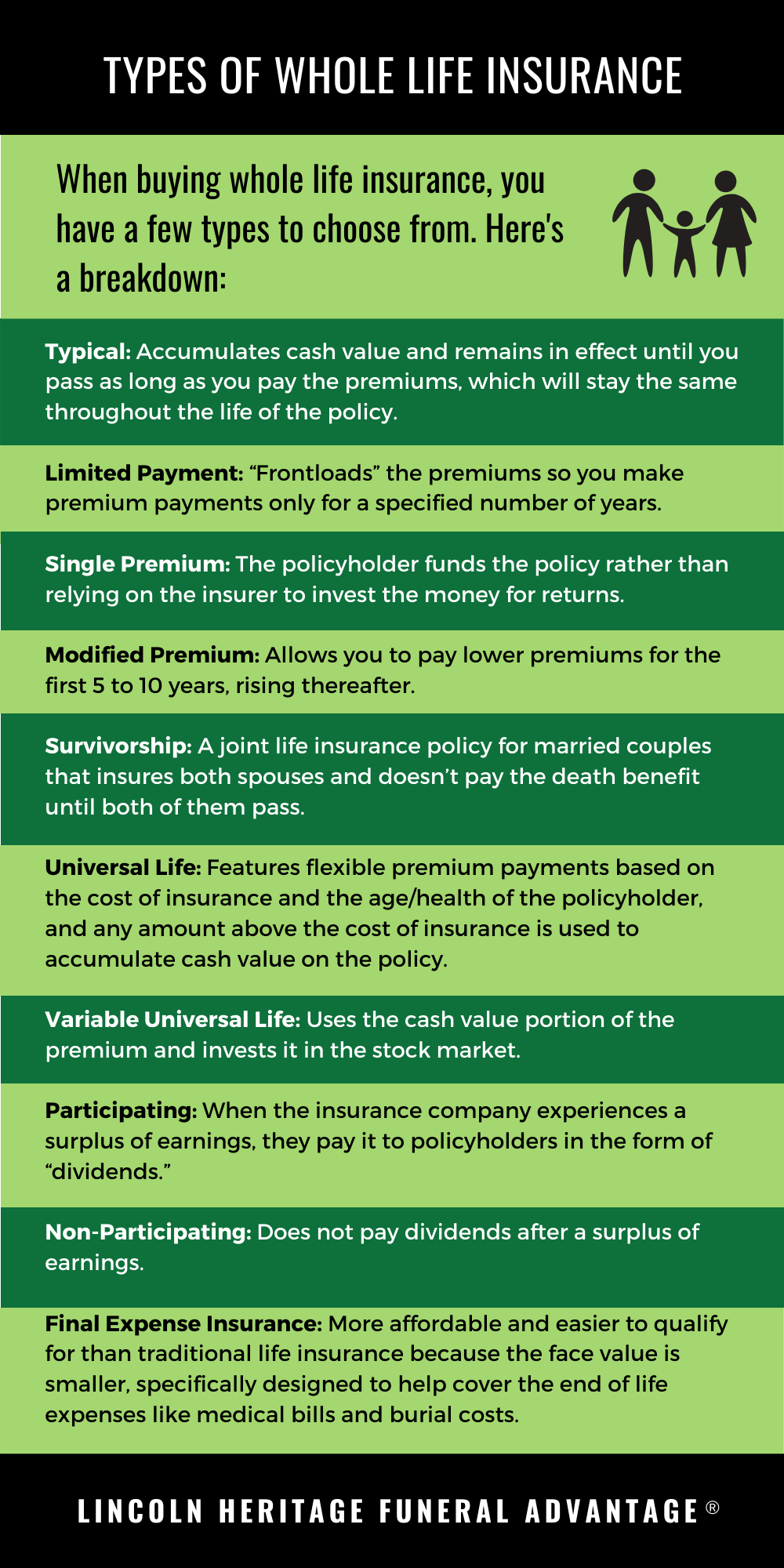Car Insurance: A Lifeline After a Car Accident
Every driver knows that a car accident can happen in an instant, leaving them reeling from financial and emotional turmoil. That’s where car insurance steps in as a lifeline, providing a safety net to cushion the blow of unexpected expenses.
What is Car Insurance?
Car insurance is a legal contract between you, the policyholder, and an insurance company. It’s designed to protect you financially in the event of an accident or theft. With car insurance, you’re shielded from the potentially devastating costs of property damage, medical bills, and legal fees.
Types of Car Insurance Coverage
Car insurance policies typically include different types of coverage, each tailored to specific needs:
-
Liability Coverage: Protects you from financial responsibility if you cause injuries or property damage to others in an accident.
-
Collision Coverage: Covers damage to your own vehicle caused by a collision with another vehicle or object.
-
Comprehensive Coverage: Provides broader protection, covering damage to your vehicle from theft, vandalism, or natural disasters.
The Claims Process
Filing a car insurance claim is essential for seeking reimbursement for covered expenses. The process usually involves these steps:
-
Reporting the Accident: Notify your insurance company promptly after an accident.
-
Collecting Evidence: Gather relevant documents such as police reports, medical records, and repair estimates.
-
Submitting the Claim: Submit your claim form along with supporting documentation to your insurance company.
-
Investigation and Settlement: The insurance company investigates the claim and determines the amount you’re entitled to receive.
的重要性 of Maintaining Car Insurance
Car insurance is not just a legal requirement; it’s a wise investment that protects your financial future. Without insurance, you could be personally liable for thousands of dollars in damages, putting your assets and savings at risk. By ensuring adequate coverage, you can drive with peace of mind, knowing that you’re protected in the event of a mishap.
Car Insurance and Car Accidents: What You Need to Know
Getting into a car accident can be a jarring experience. In the aftermath, you’re likely feeling a mix of emotions: shock, confusion, and maybe even anger. But amid the chaos, there’s one thing you can do to help ease your mind: understand your car insurance policy.
Car insurance is a safety net that protects you financially in the event of an accident. It helps cover the costs of repairs, medical expenses, and even lost wages. But how does it all work? Let’s break it down.
How does car insurance work?
Car insurance policies vary, but they typically include the following:
- Liability coverage: This pays for damages you cause to other people or their property in an accident.
- Collision coverage: This pays for repairs or replacement of your own vehicle if you’re in an accident, regardless of who’s at fault.
- Comprehensive coverage: This covers damages to your vehicle that aren’t caused by an accident, such as theft, vandalism, or natural disasters.
- Medical payments coverage: This pays for medical expenses for you and your passengers, regardless of who’s at fault in an accident.
- Uninsured/underinsured motorist coverage: This pays for your expenses if you’re in an accident with a driver who doesn’t have insurance or doesn’t have enough insurance to cover your damages.
The amount of coverage you need will depend on your individual circumstances. Talk to your insurance agent to get a policy that meets your needs.
What happens after an accident?
If you’re involved in an accident, there are a few things you should do:
- Pull over: Don’t leave the scene of the accident, even if it’s a minor one.
- Call the police: They’ll create a report that can be used to determine who’s at fault.
- Exchange information: Get the other driver’s name, insurance information, and license number.
- Take photos: If possible, take pictures of the accident scene and any damage to your vehicle.
- Report the accident to your insurance company: They’ll guide you through the claims process.
Filing a claim can be stressful, but it’s important to do it as soon as possible. The sooner you file, the sooner you can get your claim processed and get back on the road.
Tips for getting the most out of your car insurance
There are a few things you can do to get the most out of your car insurance:
- Shop around: Compare quotes from different insurance companies before you buy a policy.
- Increase your deductible: A higher deductible means lower premiums.
- Take a defensive driving course: This can help you improve your driving skills and get a discount on your insurance.
- Bundle your insurance: If you have multiple policies with the same company, you may be able to get a discount.
Car insurance is an important part of owning a vehicle. By understanding how it works and by following these tips, you can get the most out of your policy and protect yourself financially in the event of an accident.
Car Insurance and Car Accidents: What You Need to Know
In the aftermath of a car accident, understanding your insurance coverage is crucial. Car insurance protects drivers from financial responsibility in the event of an accident, but it’s not always clear what types of coverage are available or what they cover.
What are the Different Types of Car Insurance?
Car insurance policies typically include a combination of coverage types, each designed to cover specific scenarios. Liability insurance, for instance, covers bodily injury and property damage caused to others in an accident you’re at fault for. Collision insurance, on the other hand, covers damage to your own vehicle in an accident, whether you’re at fault or not. Comprehensive insurance goes a step further, covering theft, vandalism, and other non-collision-related damage.
Understanding Collision Coverage
Collision coverage is a vital component of car insurance, especially in areas with high accident rates. Without collision coverage, drivers are responsible for paying out-of-pocket for repairs to their vehicle, regardless of who caused the accident. However, collision coverage has its limits. It doesn’t cover damage caused by factors like natural disasters or hit-and-run accidents.
The amount of collision coverage you need depends on several factors, including the value of your vehicle, your driving record, and the deductible you’re willing to pay. The higher your deductible, the lower your monthly premiums. However, it’s important to choose a deductible that you can afford to pay if you need to file a claim.
Collision coverage can provide peace of mind by protecting your financial investment in your vehicle. It’s important to understand the coverage limits and exclusions to make sure you have the protection you need.
Additional Coverage Options
In addition to the basic coverage types, car insurance policies can include a range of optional coverages. Uninsured/underinsured motorist coverage, for example, provides protection if you’re hit by a driver who doesn’t have insurance or doesn’t have enough insurance to cover your damages. Other optional coverages include rental car reimbursement, roadside assistance, and personal injury protection.
Choosing the right car insurance coverage can be overwhelming, but it’s an important decision. Talk to your insurance agent to determine the coverage options that are best for you. By understanding your coverage, you can protect yourself and your financial well-being in the event of a car accident.
Car Insurance: What to Do After a Car Accident
Car insurance is a must-have for any driver, but it can be confusing to know what to do after a car accident. Here’s a guide to help you navigate the process and get the compensation you deserve.
What to Do After a Car Accident
**1. Stay calm and assess the situation.**
Pull over to a safe location, and turn on your hazard lights.
Check for injuries and call 911 if necessary.
**2. Exchange information with the other driver(s).**
Get their name, address, phone number, insurance company, and policy number.
Take pictures of the damage to both vehicles.
**3. Report the accident to your insurance company.**
Do this as soon as possible, even if you’re not sure who was at fault.
How Much Does Car Insurance Cost?
The cost of car insurance varies depending on a number of factors, including:
- The make and model of your vehicle
- Your age and driving history
- Your location
- The amount of coverage you need
The average cost of car insurance in the United States is $1,592 per year. However, your rates may be higher or lower depending on your individual circumstances.
What Does Car Insurance Cover?
Car insurance typically covers the following:
- Liability coverage: This covers damage to other people’s property or injuries in an accident that you cause.
- Collision coverage: This covers damage to your own vehicle in an accident.
- Comprehensive coverage: This covers damage to your vehicle from non-accident-related events, such as theft, vandalism, or natural disasters.
You can also purchase additional coverage, such as:
- Uninsured/underinsured motorist coverage: This covers you if you’re in an accident with a driver who doesn’t have insurance or doesn’t have enough insurance to cover your damages.
- Medical payments coverage: This covers your medical expenses if you’re injured in an accident.
- Personal injury protection (PIP) coverage: This covers your lost wages and other expenses if you’re injured in an accident, regardless of who was at fault.
How to Get the Best Car Insurance Rates
There are a few things you can do to get the best car insurance rates:
- Shop around and compare quotes from different insurance companies.
- Raise your deductible. The higher your deductible, the lower your monthly premiums will be.
- Take a defensive driving course. This can help you lower your rates by showing insurance companies that you’re a safe driver.
- Maintain a good credit score. Insurance companies use your credit score to assess your risk level, so a higher credit score can lead to lower rates.
When to File a Car Insurance Claim
You should file a car insurance claim if you’re in an accident that causes damage to your vehicle or to other people’s property or injuries. You should also file a claim if your vehicle is stolen or vandalized.
To file a claim, you’ll need to contact your insurance company and provide them with the following information:
- Your policy number
- The date, time, and location of the accident
- The names and contact information of the other driver(s) involved in the accident
- A description of the damage to your vehicle
- Any police reports or other documentation related to the accident
Once you’ve filed a claim, your insurance company will investigate the accident and determine how much you’re entitled to receive. They will then send you a check for the amount of the settlement.
Car Insurance and Car Accidents
Imagine being involved in a car accident. It’s a chaotic moment that can leave you feeling shaken and disoriented. In the aftermath, understanding your car insurance policy can help you navigate the claims process and get back on the road. Here’s what you need to know about choosing the right car insurance policy and what to do in the unfortunate event of a car accident.
Understanding Car Insurance Policies
Car insurance policies vary in coverage and cost. The right policy for you depends on your individual needs. When evaluating policies, consider the following factors:
- Coverage: Determine the coverage limits you need for liability, collision, and comprehensive protection.
- Deductible: Choose a deductible that balances affordability and coverage.
- Premium: Compare premiums from different insurance companies to find the best value for your budget.
- Company Reputation: Research the reputation of insurance companies, including their financial stability and customer service.
- Endorsements and Riders: Explore additional coverage options, such as rental car reimbursement or roadside assistance, to enhance your policy.
What to Do After a Car Accident
After a car accident, stay calm and take the following steps:
- Stay on the scene and ensure everyone’s safety.
- Exchange information with the other driver, including names, insurance details, and contact information.
- Take photos of the damage to both vehicles and the accident scene.
- Notify your insurance company promptly.
- Get a copy of the police report, if applicable.
Filing a Car Insurance Claim
To file a car insurance claim, follow these steps:
- Contact your insurance company and provide them with the details of the accident.
- Submit a claim form and supporting documentation.
- Cooperate with the insurance company’s investigation.
- Review the settlement offer carefully and negotiate if necessary.
- Once the claim is approved, your insurance company will issue payment for repairs or replacement.
Tips for Choosing the Right Car Insurance Policy
Always remember, selecting the right car insurance policy is like putting on a well-tailored suit. It should fit your needs perfectly. Here are a few additional tips to help you make the best decision:
- Consider your driving history and risk factors.
- Get quotes from multiple insurance companies for comparison.
- Read the policy carefully and understand the coverage and exclusions.
- Work with an insurance agent who can provide personalized advice.
- Regularly review your policy and make adjustments as needed.
Navigating the complexities of car insurance after an accident can be daunting, but by understanding your policy and following these steps, you can ensure a smoother and less stressful experience.




Leave a Reply